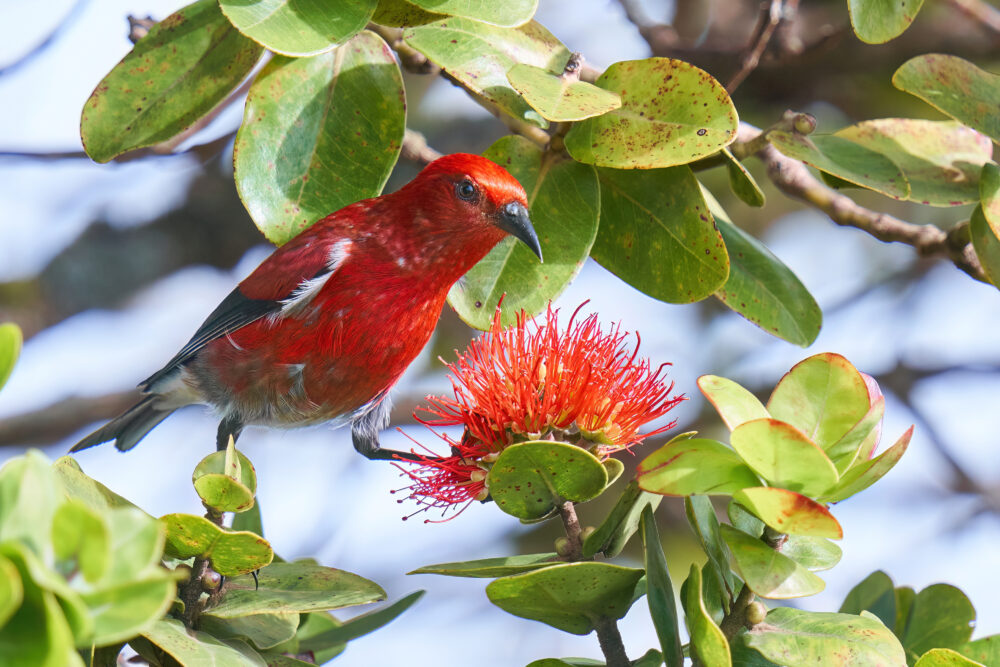We have much more to do and your continued support is needed now more than ever.
A New Dolphin and Tapir for the Amazon

The last year has been astounding for large mammal discoveries in South America, with a new wild cat called the southern tigrina, a new member of the raccoon family (and the internet’s most adorable animal) the olinguito, and most surprisingly, a new dolphin and tapir, both of which are among the largest animals on the entire continent.
Little Black Tapir Hiding in Plain Sight

The newest species, Tapirus kabomani, is the smallest of all tapirs, (about 240 pounds) and, as is often the case, the species was already quite well known to the local Paumarí people who called it the “little black tapir.” It turns out that there have long been rumors of a distinct species, and one of the specimens used in the published description was collected by none other than Teddy Roosevelt during his epic journey through the Amazon in 1913-1914.
Distinct Dolphins (in White Suits?)
The new dolphin looks quite similar to its two cousins elsewhere in the Amazon, and was assumed to be the same species until recent genetic tests proved it to be distinct. It appears that the new species, Inia araguaiaensis, found only in the Araguaia river system of the eastern Amazon, has been separated from the rest of the Amazon river dolphins for two million years.

Legends aside, the knowledge of these species’ existence and distinctiveness is further evidence that we hardly know what’s out there in many areas that are at risk, and is a reminder of just how much is at stake. This wonderful news of a new river dolphin species comes just a few years, in fact, after the Yangtze river dolphin was declared extinct. NWF is currently working to reduce the pressure on Amazonian forest and river ecosystems—including areas where the new tapir and dolphin live—by engaging with the large-scale commodity agriculture industries (cattle and soy) that are working to reduce deforestation. For more information, visit http://www.nwf.org/Deforestation.





















